Get Free Estimate
Since roofs are always exposed to the elements, there is an inherent risk of damage and wear over time. Damage may occur gradually or suddenly, and some damage may not be readily apparent or have an obvious cause. Different areas of the roof are also more susceptible to certain types of roof damage than others.
The primary agents behind the most costly damage to roofs are heavy precipitation, such as snow or rain, as well as high wind speeds. While these are responsible for a considerable percentage of roof repairs, they are far from the only things that homeowners need to watch out for.
Water and Cold Temperatures
A lot of heavy rainfall over time can definitely wear down a roof, but water, in addition to cold and freezing temperatures, is a recipe for more significant damage. If water lingers on the roof or gets into a narrow space, it can expand when it freezes and cause shingles to break or warp. A large amount of snow left to sit too long can also put an undue amount of weight and stress on the roof, so clearing it off should be done as soon as is safely possible. Simply allowing it to melt runs the risk of melted water getting into seams and cracks and then refreezing when temps plunge again.
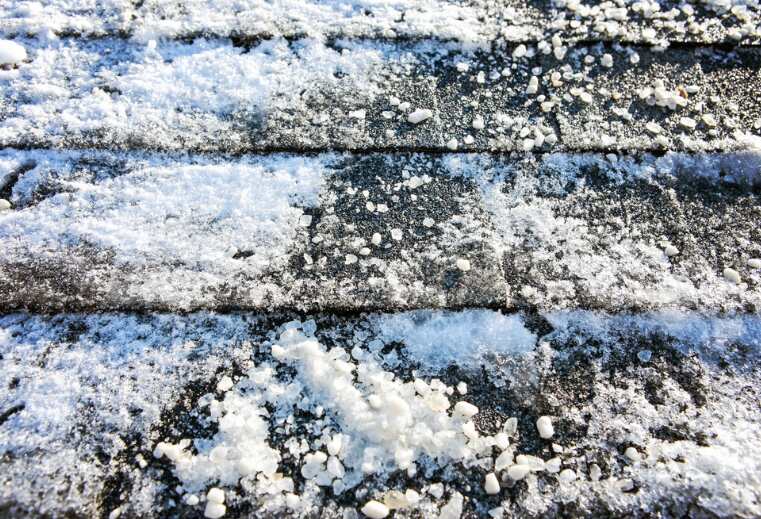
Aging Shingles
No matter how high-quality the work and materials, no roof lasts forever. Some have a 30-year guarantee, though this is of course an estimate. It might last less than that or it could last for longer if kept in good repair. However, over time, shingles do wear away and need to be replaced. If only done in patches, this creates the chances of different parts of your roof needing to be replaced at different times since some shingles are younger than others. If a large portion of shingles require replacing, it’s generally advisable to replace the entire roof.
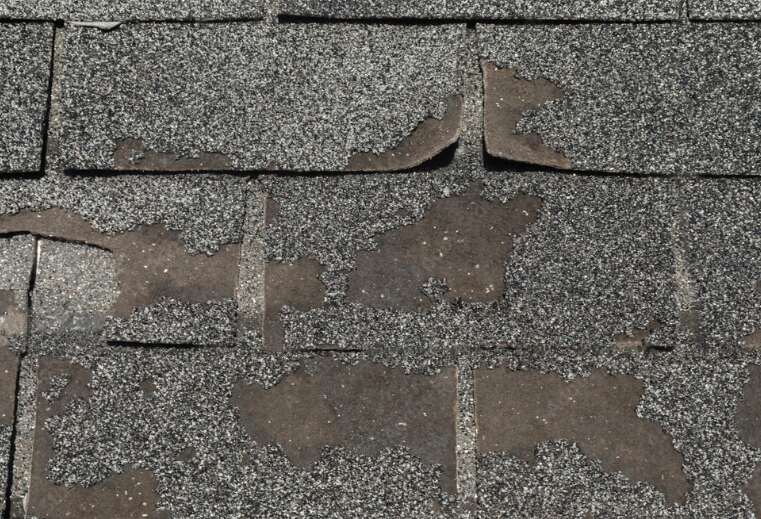
Wind and Storms
Rough weather is of course the number one enemy of roofs. This is especially true if you live in areas prone to hurricanes and other strong storms. In addition to wind, rain and snow, hail can also unleash an icy bombardment upon your roof. After any powerful storm that you think may have caused damage, a roof inspection to look for damage is a prudent course of action.
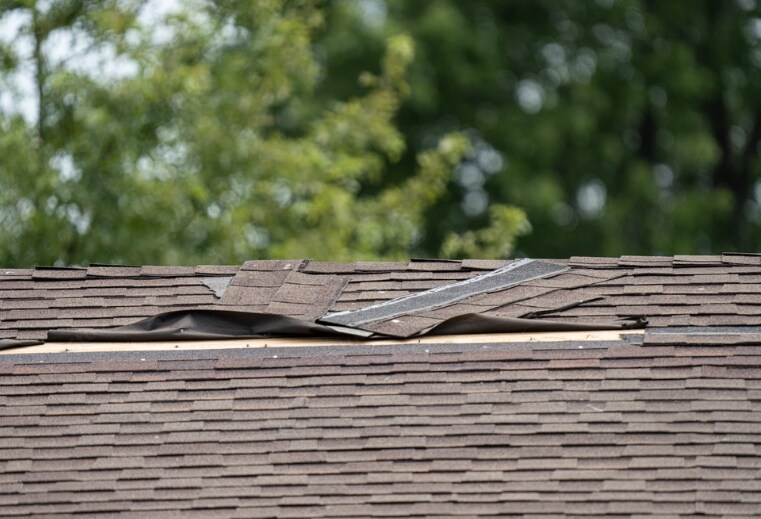
Improper Installation
Sometimes, a roof is installed incorrectly or using substandard materials and methods, putting it at a disadvantage from the beginning. Improperly installed roofs will likely be prone to further damage from other sources, much more so than correctly installed roofs.
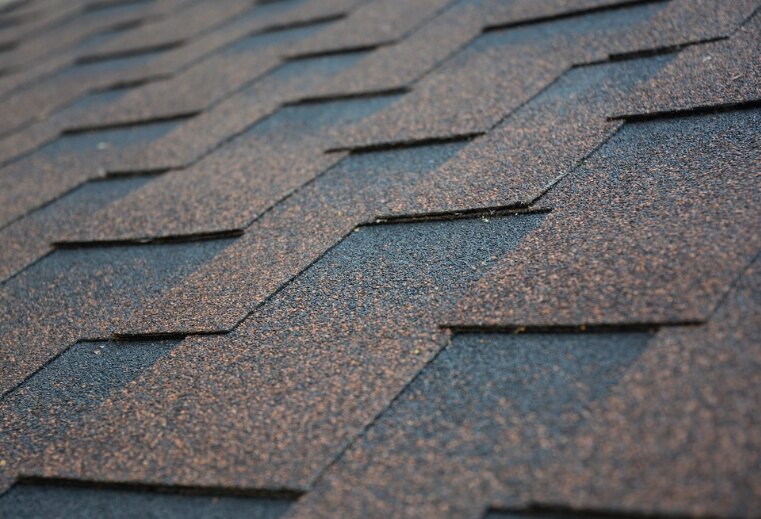
Poor Ventilation
While many sources of roof damage are external, some can come from within. Inadequate ventilation inside an attic space can lead to moisture build-ups and overheating, which can potentially compromise the roof’s structure.
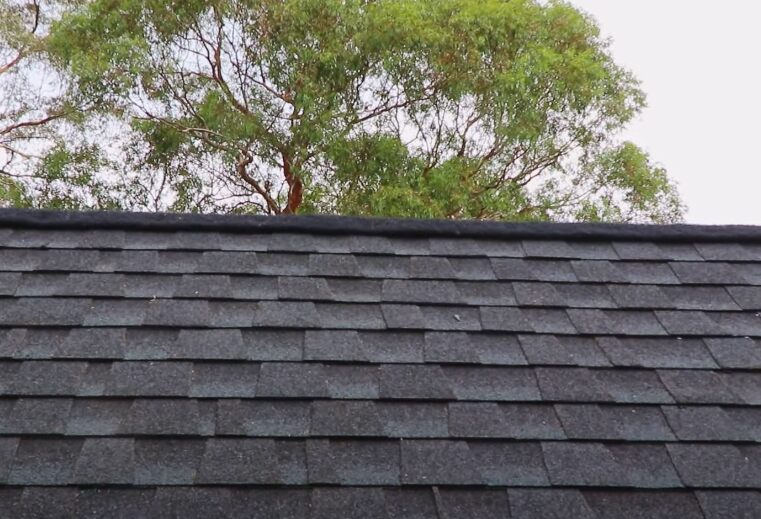
Walking on the Roof
It is certainly possible to get up on your own roof to perform inspections and repairs if you have the right equipment and experience. However, simply walking on the roof, especially in improper footwear, is both unsafe and can lead to scratching and otherwise damaging roof shingles. Employing a licensed professional to repair and inspect your roof is usually preferable to doing it yourself unless you have hands-on experience working on and with roofing.
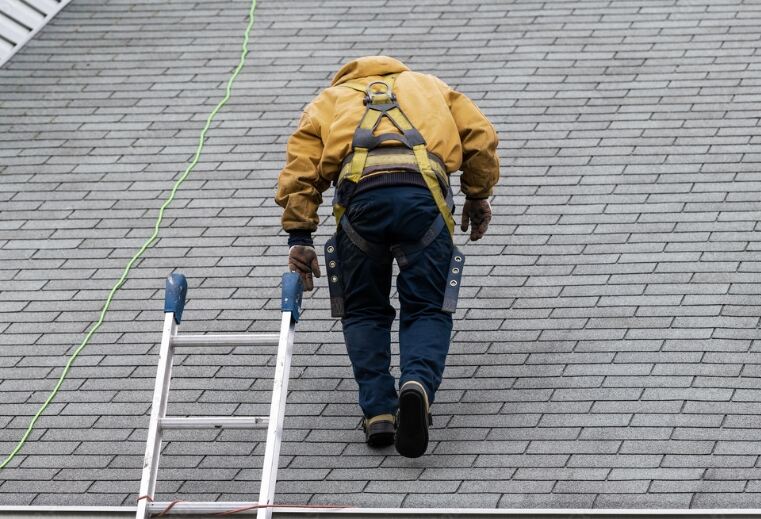
Lack of Roof Repair
It’s obvious that roof damage that goes without being repaired will simply accumulate over time and compound problems. Missing shingles lead to leaks, which can lead to water damage, which can, in turn, lead to water collecting and freezing within the roof structure. Repairing roof damage as soon as possible after it occurs is essential to avoid even further damage and more costly repairs.
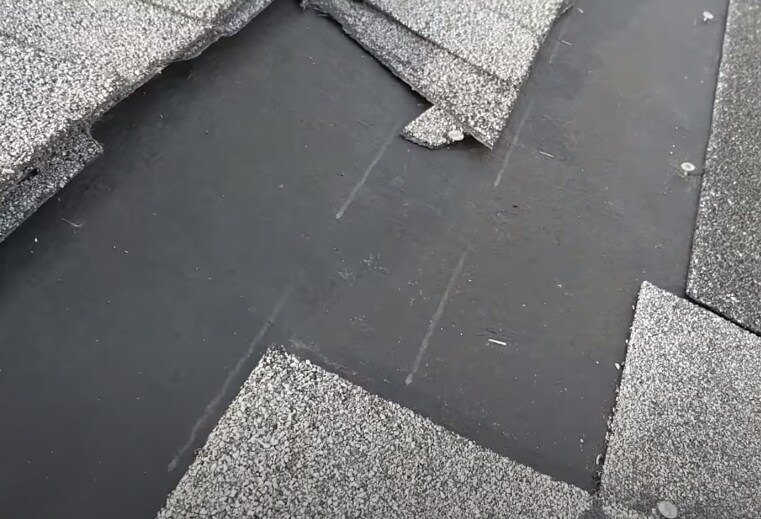
While various factors can contribute to roof damage, consistent maintenance, proper installation, and protection from harsh weather elements are crucial for extending the lifespan of a roof and minimizing the risk of costly repairs.
CONTACT US
Frequently Asked Questions
There are a few signs that your roof might need repair. The most obvious ones are leaks or water damage inside your attic or ceilings. You should also check for damaged shingles, such as missing, cracked, or curled ones. If your roof is sagging or you see light coming through from the attic, those are signs of serious trouble. Finally, if your gutters are overflowing or clogged, that can put stress on your roof and lead to leaks. If you notice any of these signs, it’s best to call a professional roofer to take a look.
